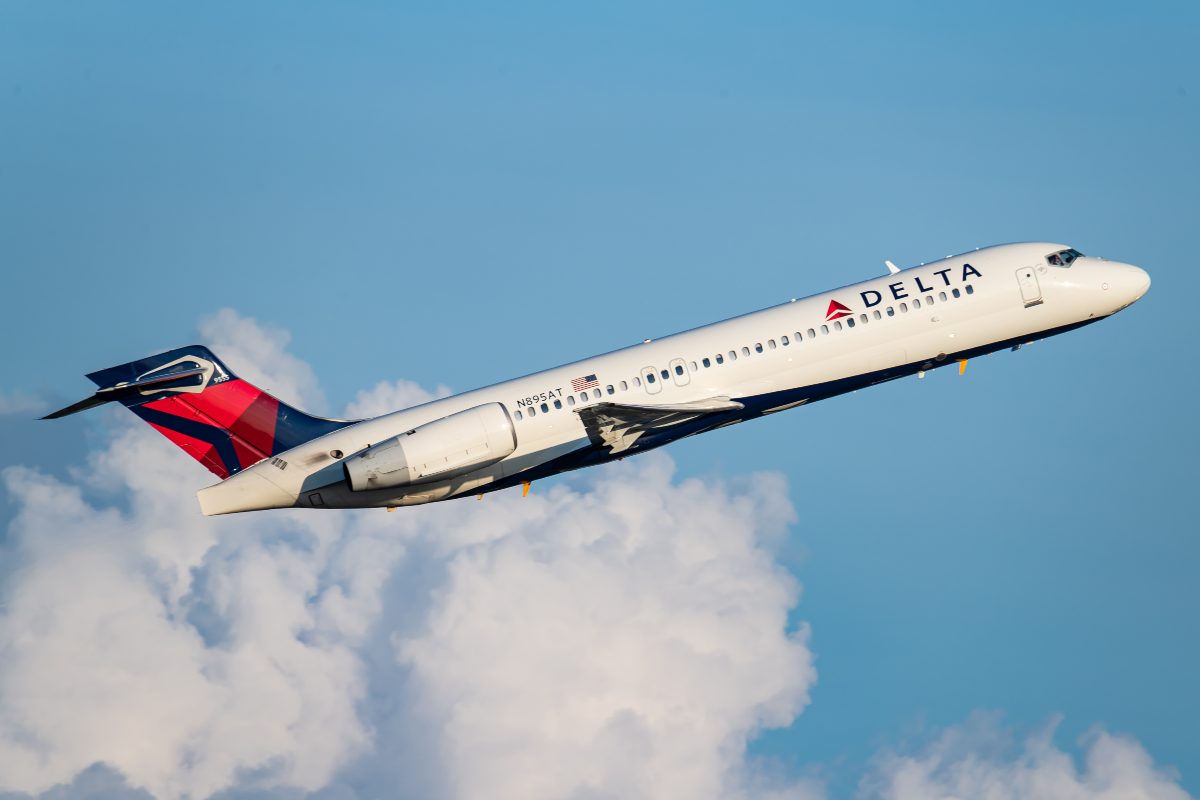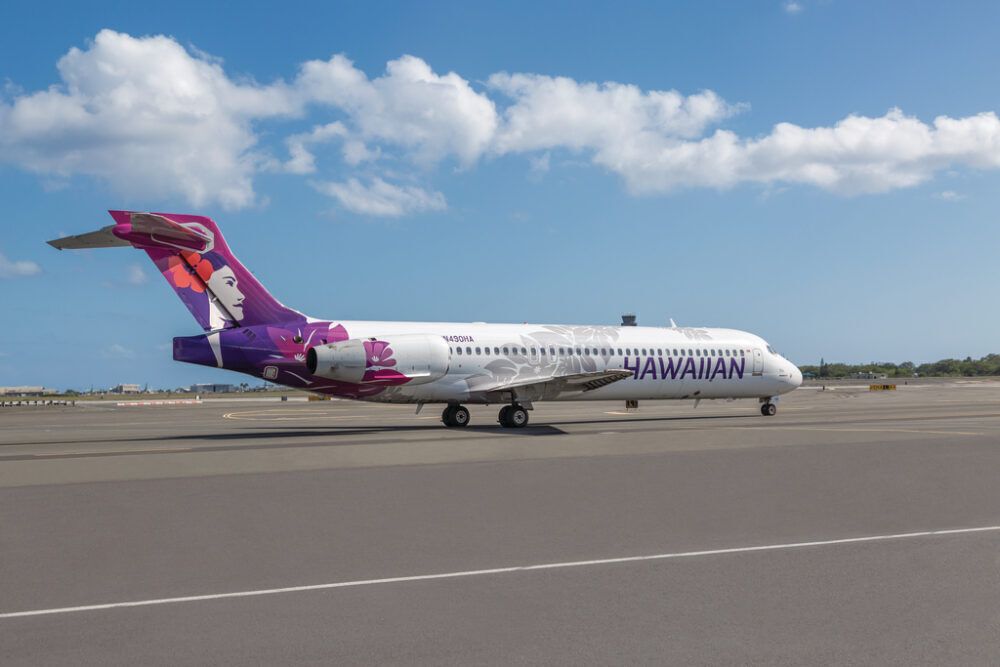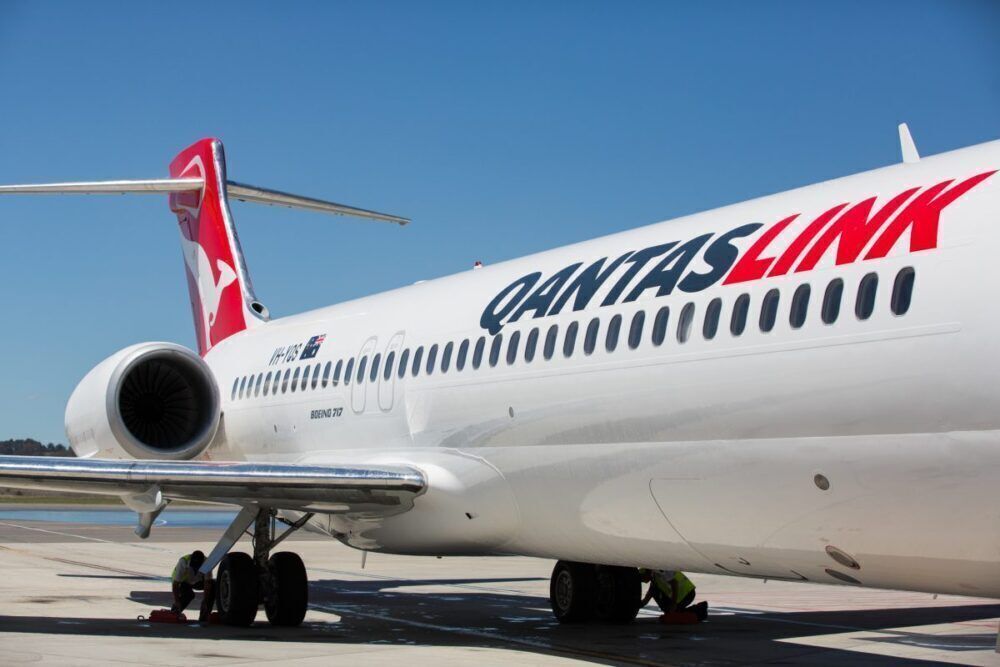The 717-200 is one of the quiet achievers in the Boeing stable. The aircraft was originally built by McDonnell Douglas and called the MD-95. McDonnell Douglas merged with Boeing in 1997, and two years later, the MD-95 was rebadged as the 717-200. The aircraft went to be an unsung star with operators worldwide.
So, what's a Boeing 717-200 worth?
Boeing stopped making the 717-200 in 2006. The aircraft's blue-chip design and manufacturing credentials, along with consistently high-quality maintenance, see 107 Boeing 717-200s still flying for a select band of airlines. But 25 years after the last Boeing 717-200 rolled off the production line, what's a 717-200 worth these days?
According to aircraft database ch-aviation, you could expect to pay between US$3.12 to $5.64 million for a Boeing 717-200 in 2021. If that's a little steep for your tastes, monthly leasing rates range between US$65,000 to $82,500.
There remain just three Boeing 717-200 operators, all high-quality airlines that look after their planes, thereby helping retain values. Atlanta-based Delta Air Lines still has 68 Boeing 717-200s, of which 48 are presently flying. Hawaiian Airlines has 19 of the planes, of which 15 are now flying. QantasLink has 20 of the Boeing 717-200s, with 19 in the air.
Flying hours and airframe age a big influence on a plane's value
While a high-quality owner can provide a plane a certain lustre, beyond reputation, several factors will influence what a 717-200 is worth. First and foremost are flying hours and the airframe age. Qantas' 717-200s have an average age of 19.3 years. Hawaiian's 717-200s are slightly older with an average age of 19.4 years. Delta's 717-200s have an average age of 20.1 years.
Every aircraft type has a flying hours average, adjusted for the year of production. Whether a certain plane has more or less than the nominated average flying hours will impact its value. But flying fewer hours doesn't impact the airframe's value as much. Age has a big value on the airframe. Early in a plane's lifespan, flying hours have a big influence on resale value. Later in a plane's lifespan, the age of the airframe is usually a bigger factor.
A good maintenance program is also a significant contributing factor to the resale value of a 717-200. Delta, Hawaiian, and Qantas all have sterling maintenance programs that give their aircraft better than average resale values. That said, a 20-year-old plane will never be worth as much as a five-year-old plane.
Paperwork matters when assessing aircraft resale values
Also important is the state of the aircraft's engines and how close they are to overhaul time. The closer to overhaul time, the less the value. Then there are also seemingly lesser factors that combine to add up. Paperwork matters. Prospective buyers want to see a history of speedy responses to any airworthiness directives, engine and airframe logbooks, the current airworthiness certificate, equipment lists, weight and balance data, and flight manuals. Maintaining these records is standard at most airlines.
A 20-year-old plane will never be in as new condition, but adjusting for age, buyers will look for signs of damage and wear and tear both to the airframe and the aircraft's interior. A new paint job can cover many sins, but sophisticated aircraft buyers know paint jobs can hide problems like corrosion.
Reputable airlines like Delta, Hawaiian, or Qantas would never pull such a stunt. Doing so would irretrievably damage their brands and impact goodwill. While the numbers of Boeing 717-200s still in the air are slowly declining, solid resale and lease rates suggest the 717-200 is still highly regarded by operators.



